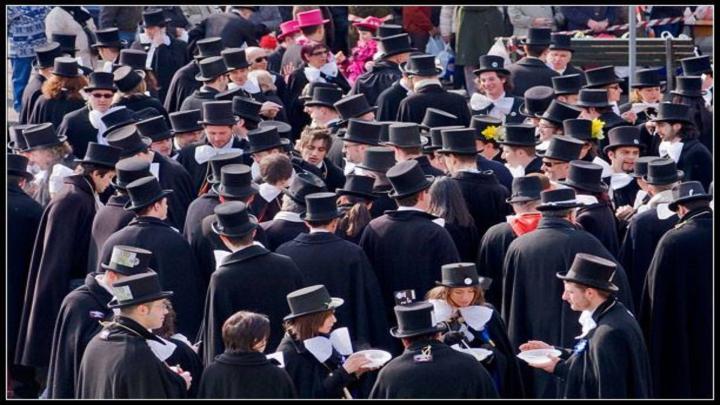Every Ash Wednesday, the first day of Lent, when most carnivals have already ended, Borgosesia, a small village in the province of Vercelli, hosts the oldest and most fascinating festival of the month, the Mercu Scûrot.
To understand the significance of this festival, we must go back in time, to 1850 when brothers Carlo and Alessandro Antongini from Milan settled in Borgosesia, where they established a spinning mill, bringing in German dyers from Germany.
Among them was a certain Err Bomen, an Alsatian known as the Meneghin, to occupy the post of Chieftain.
Meneghin, however, did not like carnivals, all the more so because to him they seemed more like funerals than anything else, so as a joke, on the first day of Lent 1854, he organised with friends to simulate a real funeral, the protagonist of which was the character of Peru, still without costume, but symbolically Carnival itself.
The burlesque funeral amazed passers-by and was so acclaimed that it became a real event.
In fact, every year since then, the day of the Mercu Scûrot is still performed as it was in 1854 and ends late in the evening with the reading of Peru's will, the traditional fireworks display and the burning of the mask, which spells the end of each Carnival edition.

